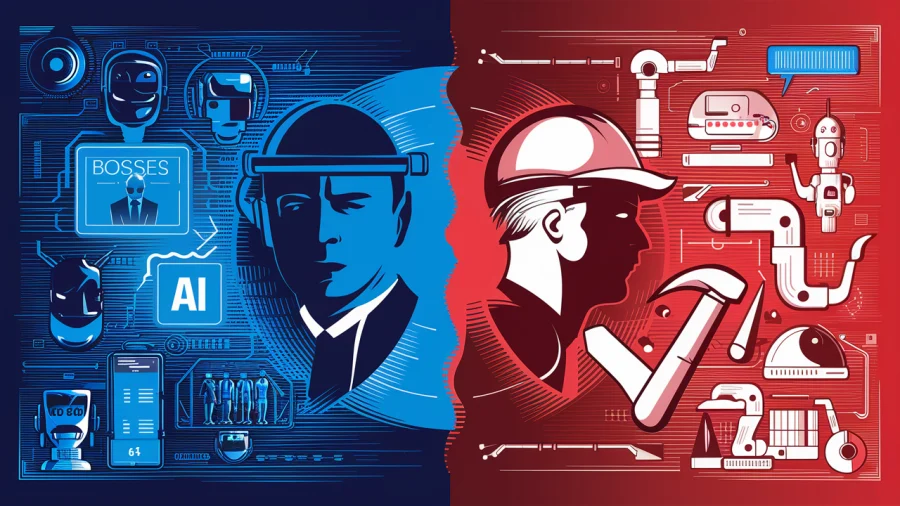The mobile workforce is proliferating. So are the variety of devices that employees bring to work and expect to function within an enterprise’s infrastructure. This has led to a shift in how IT managers go about their day-to-day operations and created a new industry vertical for mobile management, security and data.

The Telework Coalition reports that 67% of all workers use mobile or wireless computing and 58% of companies think of themselves as virtual. Mobile has increased productivity and connectivity for the enterprise. Yet, it has also caused a logistical nightmare. What is an IT manager to do?
This post is part of a series brought to you by GoToAssist.
Mobile Device Management Software
Let’s call this the “outside in” approach to mobile management. Enterprises crave third-party managed services because they are much easier to institute than building a native system from scratch. Mobile managed service providers perform a variety of rolls. They can manage end-point security for a network of devices, set application permissions, sand box data, remotely wipe and locate stolen devices.
Mobile management solutions have created a realm within IT that did not exist 10 years ago. In fact, that field was barely coming into maturity with the BlackBerry Enterprise Server five years ago.
Application Management
This is the antithesis of mobile device management, working from the “inside out.” IT managers not only have to worry about how employees are accessing the network, but what applications people are using inside the network. A new trend in mobile management is to work from securing data through the application and not just the device.
It works by white listing what applications can work, how they work and when they work. For instance, the marketing department needs to use Facebook to effectively manage its user feedback system. Social media rarely sleeps. Yet, that does not mean that the employee should be playing Mafia Wars on company time, potentially putting the corporate network at risk.
Security and Layers
Mobile device and application management are layers of protection that IT managers can institute to increase productivity and protect the corporate network. Yet, there is also a place for more traditional security programs from major vendors or independent vendors. That means classic antivirus programs that monitor applications and Web traffic to make sure that users are not carrying viruses in their pockets.
Multiple security vendors have released applications that monitor downloads of apps directly as they are being transmitted from the app store to the device. There are also “safe Web browsing” product available to secure employee’s mobile browsers.
IT managers? What is your solution to mixing the layers of management and security needed to maintain a healthy mobile workforce? Let us know in the comments.
Photo by surely

















